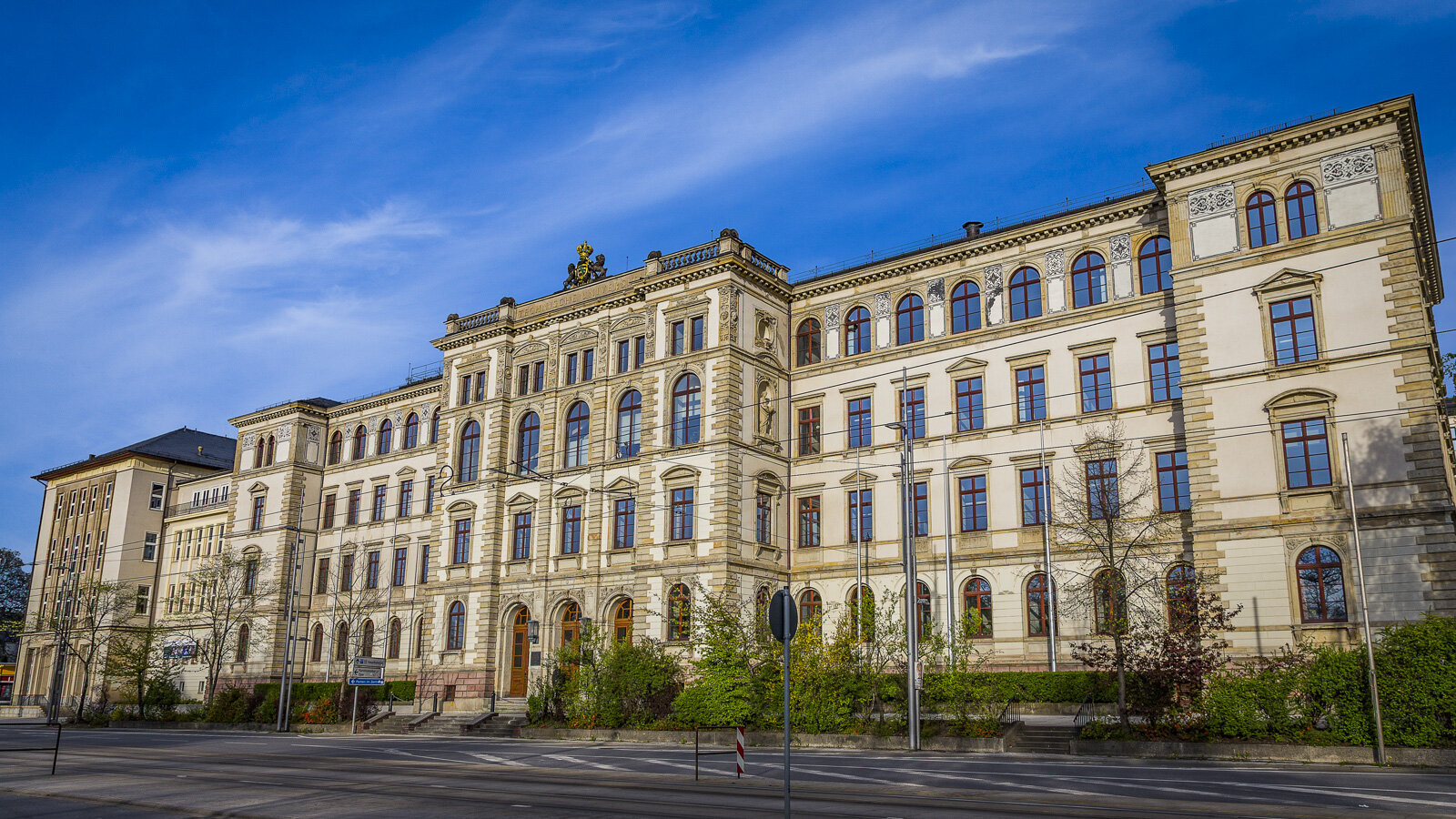New Record: 88 Million Euros in Third-Party Funding at Chemnitz University of Technology
Chemnitz University of Technology increases its third-party funding income from 78.7 million euros in 2021 to 88 million euros in 2022, achieving a new record value
Chemnitz University of Technology was able to raise a total of 88 million euros in third-party funding in 2022. This is not only a significant increase of 9.3 million euros compared to the previous year, but also represents a new record value for Chemnitz University of Technology - despite the Covid-19 pandemic. This means that a professor at Chemnitz University of Technology attracted an average of around 600 thousand euros across the university in 2022. The clear upward trend has already been continuing for four years. Third-party funding revenue increased by 28.3 percent over this period, from 68.6 million euros in 2019 to 70.3 million euros in 2020 and 78.7 million euros in 2021 to 88 million euros in 2022. The largest share of third-party funding comes from the federal government and the German Research Foundation (DFG). While federal funding has increased by over 40 percent compared to 2019, DFG funding has almost doubled compared to 2019. "I am absolutely thrilled that 2022 has succeeded not only in significantly increasing Chemnitz University of Technology's third-party funding revenue once again but also in generating a new all-time high in third-party funding revenue for our university. I would like to express my sincere thanks to all colleagues at Chemnitz University of Technology who have contributed to this great success. I am particularly pleased about the extremely strong increase in DFG funding, which is associated with high-caliber research projects in the area of our core competencies," says Prof. Dr. Gerd Strohmeier, President of Chemnitz University of Technology.
Collaborative research center focuses on interaction between man and machine
The Collaborative Research Center (CRC) Hybrid Societies established by the DFG at Chemnitz University of Technology, which is funded with 9.7 million euros plus a program allowance of 2.1 million euros in the first four years, has made a significant contribution to the successful third-party funding balance of the past years. All eight faculties of Chemnitz University of Technology are involved in this lighthouse project, which started on January 1, 2020. The CRC focuses in particular on researching how the interaction between humans and machines can be designed effectively.
Three new DFG research groups at Chemnitz University of Technology
Chemnitz University of Technology has been particularly successful in attracting DFG research groups in the last two years. At the end of 2021, the research group "Proximity-induced correlation effects in low-dimensional systems" was established under the leadership of Chemnitz University of Technology, which will be funded with about 3.9 million euros (share for Chemnitz University of Technology: 1.8 million euros) in the first four-year funding period. In 2022, the DFG research group "Functional surfaces by high-speed adiabatic processes: microstructure, mechanisms and model development - FUNDAM³ENT" followed, which received around 3.7 million euros in the first four-year funding period - of which around 1.5 million euros went to Chemnitz University of Technology. And in December 2022, the DFG's main committee decided that the new DFG research group "Printed & stable organic photovoltaics with non-fullerene acceptors - POPULAR" will be established under the leadership of Chemnitz University of Technology. Here, the funding volume amounts to 5.0 million euros - of which about 3.3 million euros will go to Chemnitz University of Technology.
Million-euro funding for two WIR! projects helps structural change in the Erzgebirge region
In terms of federal funding, the two collaborative projects Smart Rail Connectivity-Campus (SRCC) and Smart Composites ERZgebirge (SmartERZ), in which Chemnitz University of Technology is heavily involved as part of the Federal Ministry of Education and Research (BMBF) program WIR! - Change through Innovation in the Region, have stood out in particular since 2019. Since April 1, 2019, up to around 30 million euros have been available to the two WIR! joint projects for the five-year implementation phase. With the overall SRCC project, Chemnitz University of Technology and the city of Annaberg-Buchholz want to establish a globally visible center for research, development, and testing in the innovation field of intelligent rail transport (Smart Rail) at the Annaberg-Buchholz site. SmartERZ addresses the dynamic growth market of functionally integrated composites or smart composites. These are textile-reinforced plastics in which functional structures, i.e. sensors, actuators, and electronic components, are integrated. Chemnitz University of Technology contributes the expertise of several professorships to these two alliances, which are very strongly linked to the Erzgebirge region and contribute to structural change there.
Millions in funding for hydrogen and fuel cells
As part of two research and development projects for the further development of hydrogen fuel cells, the Federal Ministry for Digital and Transport (BMDV) and the Federal Ministry for Economic Affairs and Climate Action (BMWK) are funding the Professorship of Advanced Powertrains at Chemnitz University of Technology and its partners with a total of around ten million euros, of which around 2.5 million euros are allocated to Chemnitz University of Technology. The two projects, launched at the end of 2021 and the beginning of 2022, respectively, are designed to advance research into hydrogen technologies for tomorrow's mobility.
2022 saw the end of the Clean Energy City project for testing hydrogen technologies in sector coupling. The professorships of Advanced Powertrains, Technical Thermodynamics, and Power Systems and High-Voltage Engineering at Chemnitz University of Technology and the Fraunhofer Institute for Machine Tools and Forming Technology IWU Chemnitz received a total of eight million euros to research the use of hydrogen for mobility, industry, and heat as well as for energy storage. Around 6 million euros of the total funding amount went to Chemnitz University of Technology. The funds originate from the European Regional Development Fund (ERDF). The measure was co-financed by tax funds on the basis of the budget passed by the Saxon state parliament.
First ERC Starting Grant for Chemnitz University of Technology
Another example of successful third-party funding acquisition is Dr. Minshen Zhu, research assistant at the Professorship of Material Systems for Nanoelectronics, who was awarded the first ERC Starting Grant and thus one of the most prestigious EU grants for excellent cutting-edge research. He obtained an ERC Starting Grant endowed with more than 1.5 million euros - one of the most prestigious EU grants for extraordinarily innovative and excellent research ideas of young scientists and the first ever ERC Starting Grant for Chemnitz University of Technology. As part of his Smart Dust Batteries Integrated with Near-Zero-Power Surveillance (SMADBINS) project, Zhu wants to develop the smallest batteries for so-called "smart dust" applications, which, for example, provide the energy for intelligent microsystems and microrobots.
Background: Third-party funding
According to the Federal Statistical Office, third-party funds are funds that universities raise from public or private sources in addition to the regular university budget (basic funding) to promote research and development as well as young scientists and teaching. Third-party funding comes from the German Research Foundation, federal ministries, the European Union, foundations, and industry, among others.
Mario Steinebach
17.02.2023





